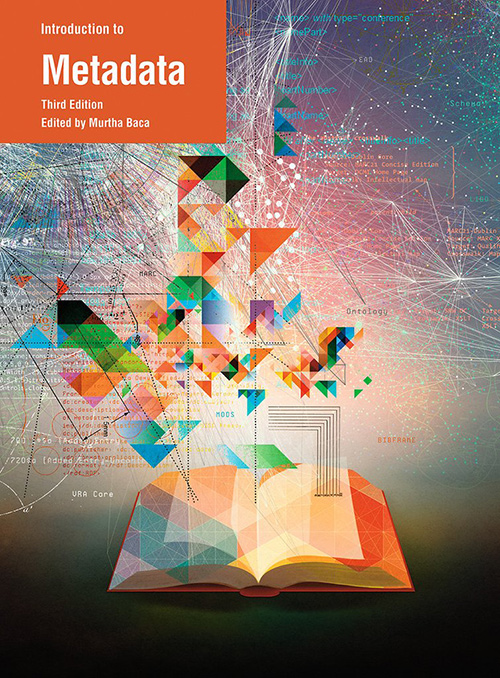It’s cryptic-seeming and trendy-sounding, essential and varied, often-invisible and always-powerful. It has been called a “love note to the future.” Metadata, the data that describes data, is the past, present, and future of the internet.
In an age when we are inundated by unprecedented amounts of information, we face challenges of how to maintain, preserve, and disseminate it. The concept of metadata is not new or inherently digital—in fact, handwritten captions on photographs and library card catalogs exemplify original, analog forms of metadata. The pervasiveness of today’s information technologies however, has heightened metadata’s relevancy. All of us now participate in and are impacted by metadata, even if we don’t know it.
Metadata is communicative and collaborative. In the context of cultural heritage, it is a textual register of the long-standing partnership between libraries, archives, and museums—a partnership united by the common goal to collect, catalogue, archive, and disseminate.
Metadata exists to articulate the content, context, and structure of information resources. Metadata supports image searching within the Getty Museum’s collection, provides access to art historical publications from institutions across the world in the Getty Research Portal, and powers the location mapping of historic architecture in HistoricPlacesLA. Despite its unbounded potential, working with metadata doesn’t come without challenges; incongruous schemas, improper licensing, versioning, and ever-changing records all threaten its effectiveness and permanence.

Introduction to Metadata is available as a print book and as a searchable online publication
Intro to Metadata unpacks these potential pitfalls, investigating how to avoid them and ameliorate their effects for the future. Today, metadata lives many lives: tied to images and text, in databases and on the web, and in many institutions, from the world of cultural heritage to the music industry. It is ubiquitous and, if managed correctly, evergreen.
A refresher for those familiar with metadata, and an excellent introduction to it for those who aren’t, Intro to Metadata elucidates metadata’s relevance, function, and use. In its Third Edition, Intro to Metadata examines metadata’s theoretical, historical, and methodological frameworks, thoroughly analyzing metadata’s past to lay groundwork for its future.
As much a call to action for information and cultural heritage professionals as it is an overview, Intro to Metadata posits metadata as a pivotal tool for preserving digital sustainability and establishing unfettered access to cultural heritage materials. Digitization alone does not create access—metadata does.
Released today, Introduction to Metadata is available in print and online.





“It has been called a ‘love note to the future.’ ” What a great way to introduce metadata and call for action by information and cultural heritage professionals! Congratulations to the publishing of the new edition of this most-read book in the education of the information professionals.